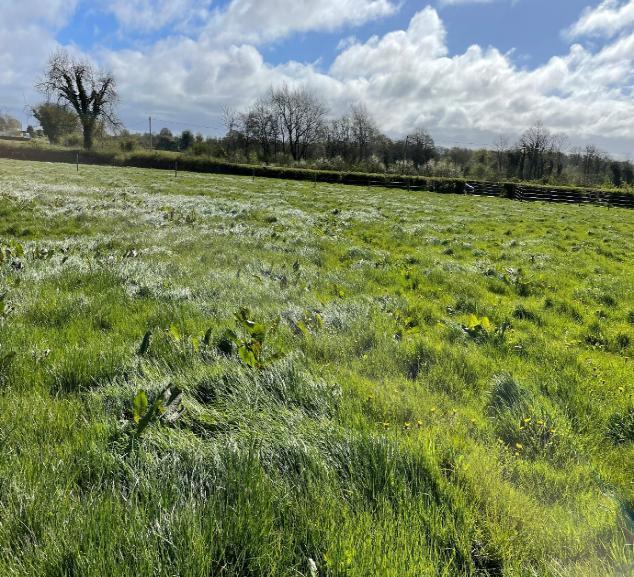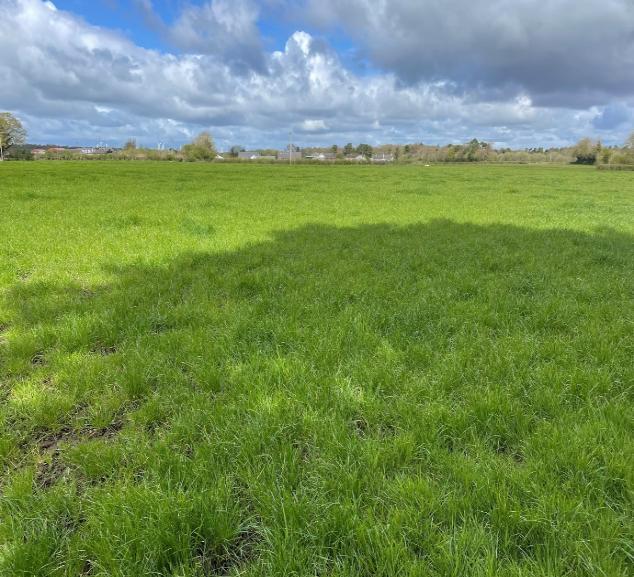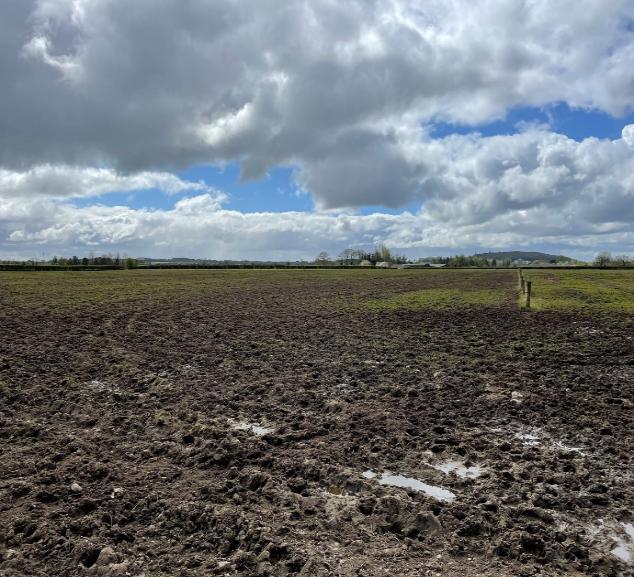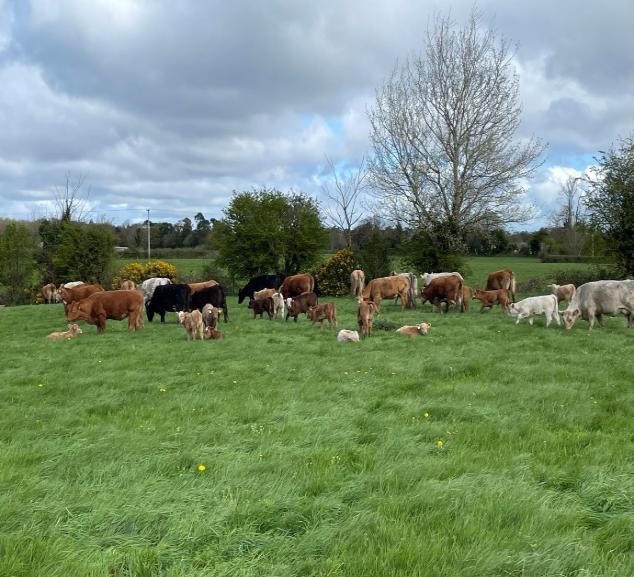Grassland
- Silage Plan for 2024 – aiming to cut May 20th
- Getting grass covers back on track
- Applying fertiliser to grassland areas
- Ragworth in Rathfeston needs to be controlled
Situated in the midlands, the majority of John’s farm would be described as a dry loam soil. Generally , cattle can be turned out in early February. Like most farms nationally, the record levels of rained have caused delays in the turnout of priority stock to grass , application of slurry and fertiliser to both silage and grazing ground. In addition, the sowing of the spring barley crop was delayed to late April.
Fortunately, John had plenty of fodder on farm after making surpluses in 2023. However, reserves have become depleted and John needs to concentrate of making sufficient silage for next winter with a buffer of one month. However, John also wants to target making some high quality silage for the priority groups of 200 weanlings and 200 stores next winter. Is this still possible given that closing of silage has been delayed by almost a month this year ?
During a visit with John on April 16th the following was decided;

Photo April 16th, heavy covers will get 2 bags 18.6.12/acre and cut mid May

Photo April 16th, silage ground will get 60 units pro urea/acre
Ragworth Control
Ragwort (Senecio Jacobea) also known as ragweed, buachalán is poisonous in the green and preserved state and has been responsible for many animal fatalities. Ragwort is listed as one of many noxious weeds in the Noxious Weeds Act. It is also a biennial plant (lives for two years). Ragworts poisoning can also show symptoms such as tenesmus, hind limb weakness and severe animal pain according to the Department of Agriculture. John has a section of land that he wants to spray for the weed. Treating ragworth needs some consideration with regards to timing of the application.
Normally animals don’t eat ragwort in pastures unless grazed grass availability is extremely restricted. An animal must consume up to 12 % of the animal’s body weight in the weed to cause severe problems. Ragwort becomes more palatable to animals when cut or sprayed, as this releases sugars in the plant. Most fatalities occur where there is a mixture of ragwort finely chopped in hay or silage where cattle are forced to eat this palatable ragwort.
Spray Control
At smaller infestation levels, pulling of ragwort can be a successful control option. For larger infestation numbers, sprays such as MCPA, 2, 4-D (D50) and Forefront provide good control but measures must be taken to avoid stock eating any dying or dead ragwort present.
The key points in chemical Ragwort control include:

Photo; delays in sowing the barley group (16th April, 2024)
With AI used on over 70 cows and heifers on April 22nd , John wants to ensure that they are on good quality grass. Luckily, the weather has dried up and ground conditions have improved in the week post insemination. Cows are more settled . The CH bull has been let out with the cows while the AA has gone with the maiden heifers.
John is hoping for a 60 % conception rate with the synchronization programme and he will scan at the end of month. May is all about observing to ensure that the bull is working and for watching repeats . The bulls were given an NCT in April . There were issues in the past with an infertile bull so observation is key during May and June.

Photo: cows are getting priority treatment post insemination.